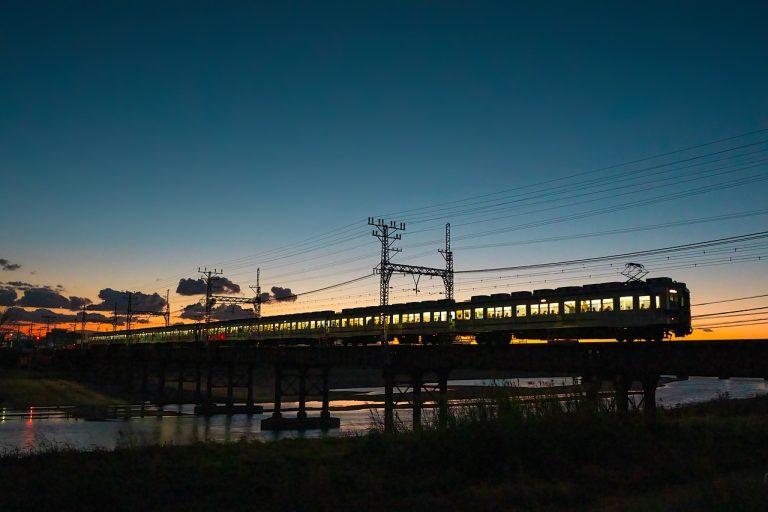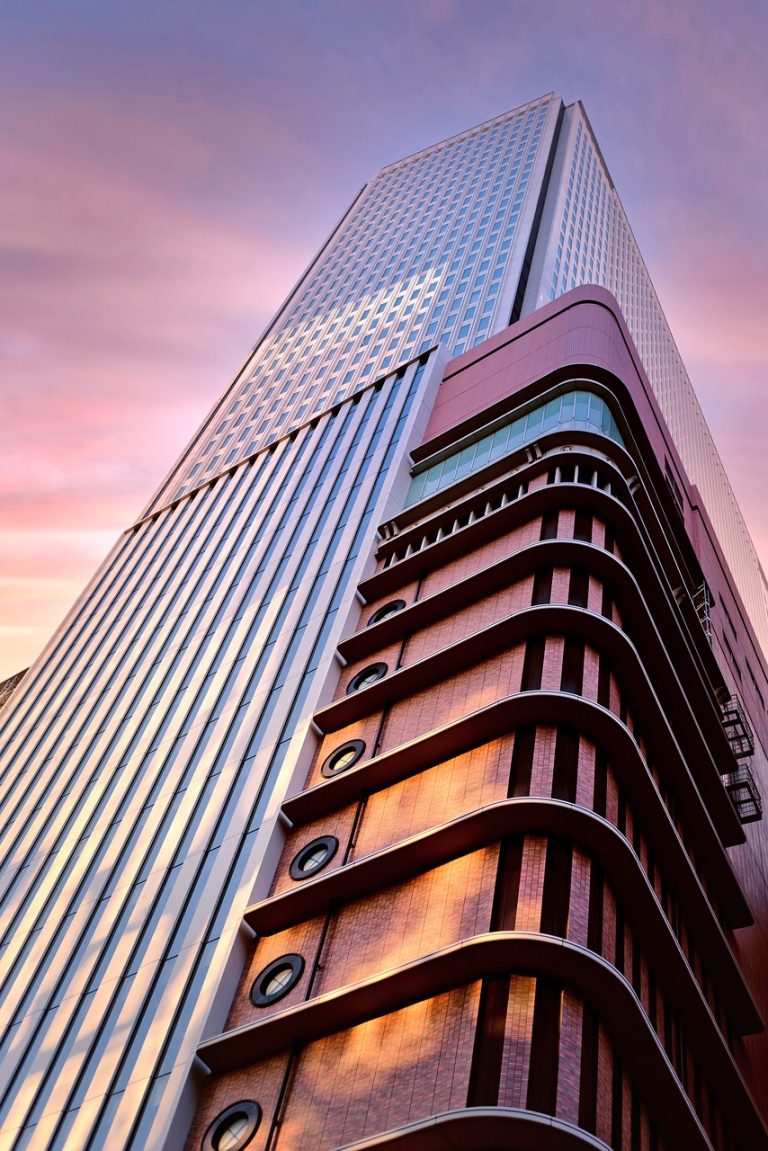Osaka Japan Video
Historical Landmarks of Osaka Japan: A Deep Dive
Osaka, Japan, is a city steeped in history, boasting a rich cultural heritage that dates back centuries. From ancient castles to traditional temples, Osaka is home to a plethora of historical landmarks that offer a glimpse into the city’s past. In this article, we will take a deep dive into some of the most significant historical landmarks in Osaka, providing detailed information and insights into their historical and cultural significance.
Osaka Japan Image 1: 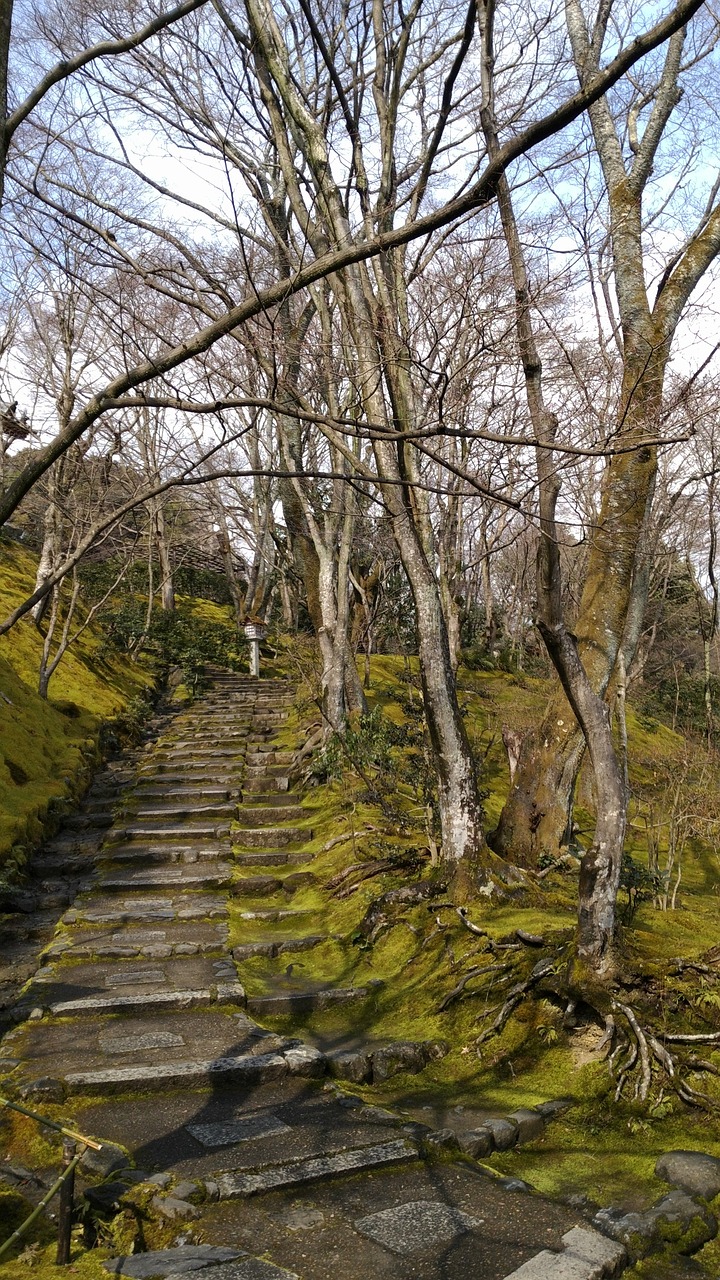
Osaka Castle
Osaka Castle, also known as Osaka-jo, is one of the most iconic landmarks in Japan. Built in the 16th century, the castle played a crucial role in the unification of Japan during the feudal period. The castle’s main tower, adorned with gold leaf, offers panoramic views of the city. Within the castle grounds, visitors can explore the castle museum, which showcases artifacts and exhibits related to its history. The surrounding Nishinomaru Garden is a popular spot for cherry blossom viewing in spring.
- Key Features: Main tower, castle museum, Nishinomaru Garden
- Historical Significance: Played a central role in the unification of Japan
- Cultural Highlights: Traditional architecture, artifacts, cherry blossom viewing
Sumiyoshi Taisha
Sumiyoshi Taisha is one of the oldest Shinto shrines in Japan, dating back over 1,800 years. Known for its unique architectural style called Sumiyoshi-zukuri, the shrine’s main hall features a distinctive roof with an upward curve at both ends. The shrine is dedicated to the Sumiyoshi Sanjin, a trio of deities believed to protect travelers and sailors. Visitors can explore the tranquil grounds, participate in traditional rituals, and admire the beautiful vermilion-colored structures.
- Key Features: Main hall, Sumiyoshi-zukuri architectural style, tranquil grounds
- Historical Significance: One of the oldest Shinto shrines in Japan
- Cultural Highlights: Traditional rituals, vermilion-colored structures
Osaka Japan Image 2: 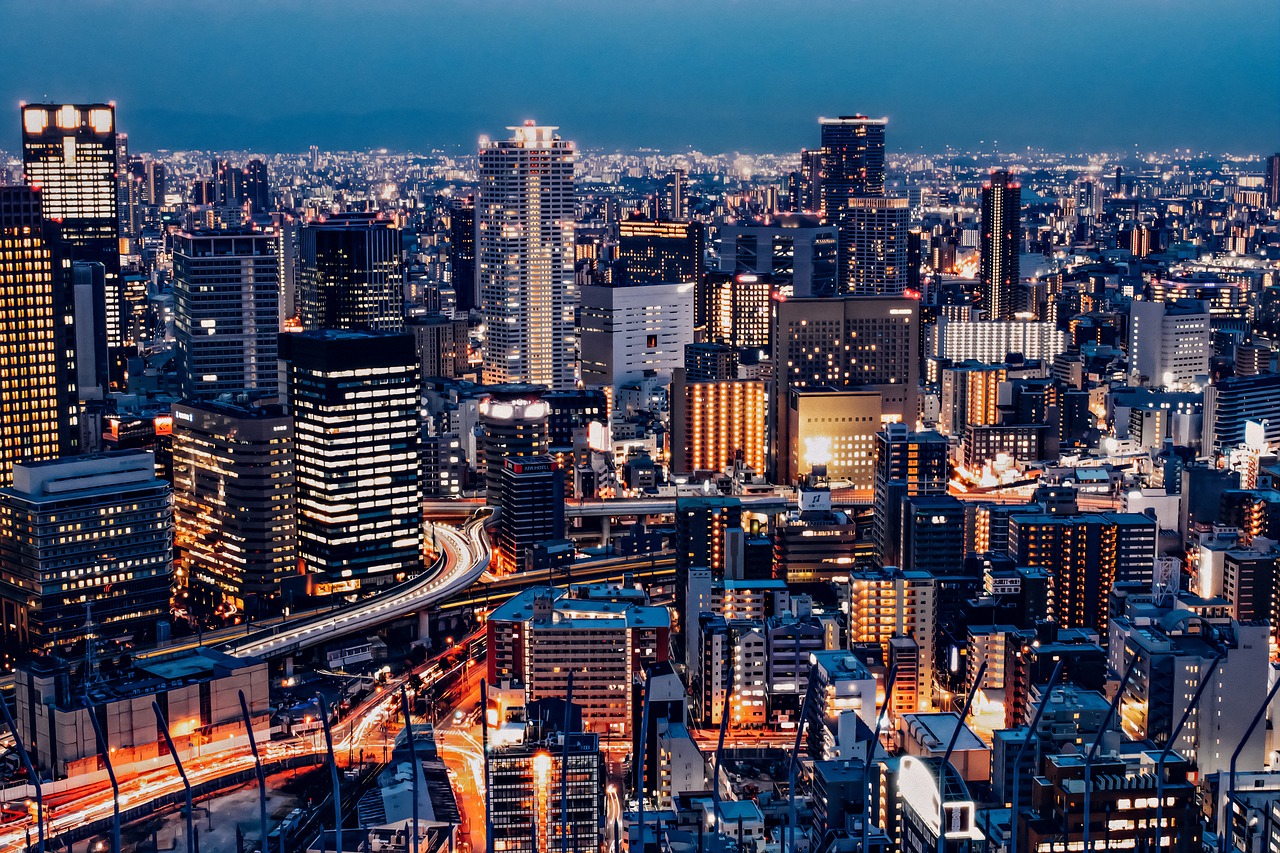
Shitennoji Temple
Shitennoji Temple, founded in the 6th century, is one of the oldest Buddhist temples in Japan. The temple complex is known for its beautiful architecture and serene atmosphere. The main hall, pagoda, and treasure house are must-visit attractions within the temple grounds. Shitennoji Temple also hosts various cultural events throughout the year, including traditional Buddhist ceremonies and festivals.
- Key Features: Main hall, pagoda, treasure house
- Historical Significance: One of the oldest Buddhist temples in Japan
- Cultural Highlights: Traditional ceremonies, festivals
Osaka Museum of History
The Osaka Museum of History offers a comprehensive overview of the city’s past, from ancient times to the present day. Located near Osaka Castle, the museum features interactive exhibits, life-size reconstructions, and artifacts that showcase Osaka’s historical development. Visitors can explore the different floors dedicated to various periods in history, gaining a deeper understanding of the city’s cultural heritage.
- Key Features: Interactive exhibits, life-size reconstructions, artifacts
- Historical Significance: Showcases Osaka’s historical development
- Cultural Highlights: Insight into Osaka’s cultural heritage
Osaka Japan Image 3: 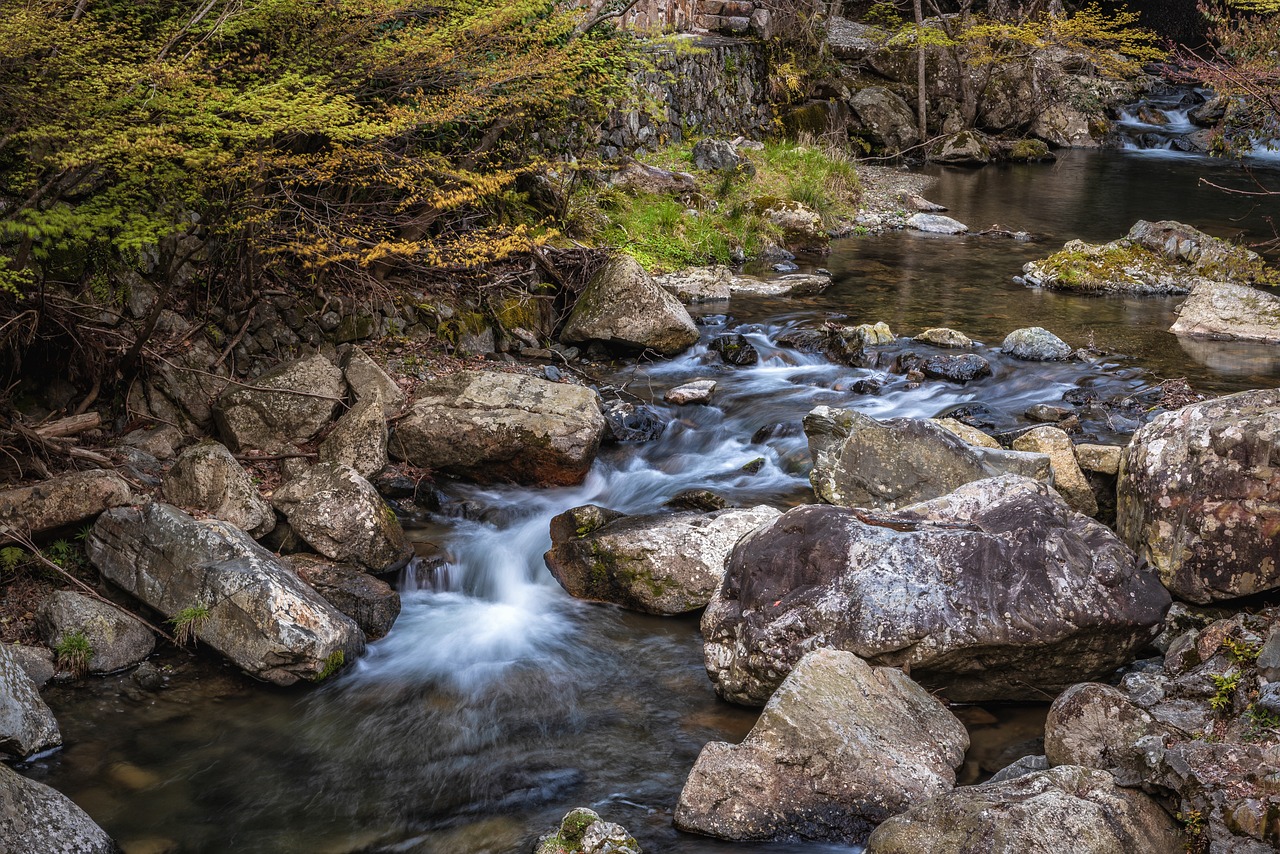
Hozenji Yokocho
Hozenji Yokocho is a charming alley located in the heart of Osaka’s bustling Namba district. The narrow street is lined with traditional restaurants, bars, and tea houses, offering visitors a glimpse into the city’s old-world charm. The highlight of Hozenji Yokocho is the Hozenji Temple, known for its moss-covered Fudo Myoo statue. Visitors can experience the nostalgic atmosphere, enjoy local delicacies, and immerse themselves in the vibrant energy of the area.
- Key Features: Traditional restaurants, bars, tea houses, Hozenji Temple
- Historical Significance: Showcases Osaka’s old-world charm
- Cultural Highlights: Nostalgic atmosphere, local delicacies
Osaka Mint Bureau
The Osaka Mint Bureau is renowned for its stunning cherry blossom trees and is open to the public only for a short period in spring. The bureau’s expansive grounds feature over 300 varieties of cherry trees, creating a breathtaking display of pink and white blossoms. Visitors can stroll along the tree-lined paths, take in the beauty of the blossoms, and participate in hanami (flower viewing) picnics.
- Key Features: Cherry blossom trees, tree-lined paths
- Historical Significance: Celebrates the beauty of cherry blossoms
- Cultural Highlights: Hanami picnics, cherry blossom viewing
Tsutenkaku Tower
Tsutenkaku Tower, standing tall in the vibrant Shinsekai district, is a symbol of Osaka’s resilience and revival. Originally built in 1912, the tower offers panoramic views of the city from its observation deck. Visitors can also explore the tower’s lower levels, which host a variety of shops, restaurants, and nostalgic attractions. At night, Tsutenkaku Tower illuminates the area with vibrant lights, creating a lively and atmospheric ambiance.
- Key Features: Observation deck, shops, restaurants, nostalgic attractions
- Historical Significance: Symbol of Osaka’s resilience and revival
- Cultural Highlights: Vibrant lights, lively atmosphere
Osaka Tenmangu Shrine
Osaka Tenmangu Shrine, dedicated to the deity of learning, Sugawara no Michizane, is a popular destination for students seeking blessings for their studies. The shrine’s main hall is adorned with intricate woodwork and colorful decorations. Visitors can witness traditional rituals, explore the beautifully landscaped gardens, and browse the stalls selling good luck charms and educational items.
- Key Features: Main hall, intricate woodwork, beautifully landscaped gardens
- Historical Significance: Dedicated to the deity of learning
- Cultural Highlights: Traditional rituals, good luck charms
Osaka Central Public Hall
The Osaka Central Public Hall, constructed in the early 20th century, is a stunning example of European-style architecture in Japan. The hall’s exterior features a blend of Renaissance and Baroque elements, while the interior showcases exquisite craftsmanship and intricate details. The hall hosts various cultural events, including concerts, exhibitions, and theater performances, attracting visitors from all over the world.
- Key Features: European-style architecture, exquisite craftsmanship
- Historical Significance: Reflects the influence of Western architecture in Japan
- Cultural Highlights: Cultural events, concerts, exhibitions
Conclusion
Osaka, Japan, is a treasure trove of historical landmarks that reflect the city’s vibrant past and cultural heritage. Whether exploring the majestic Osaka Castle, experiencing the tranquility of Sumiyoshi Taisha, or immersing oneself in the nostalgic atmosphere of Hozenji Yokocho, each historical landmark offers a unique glimpse into the city’s rich history. From ancient shrines to modern architectural marvels, Osaka’s historical landmarks are a testament to the city’s enduring legacy.
References
– Osaka Castle: osakacastle.net
– Sumiyoshi Taisha: sumiyoshitaisha.net
– Shitennoji Temple: shitennoji.or.jp
– Osaka Museum of History: osaka-museum.jp
– Hozenji Yokocho: hozenji.or.jp
– Osaka Mint Bureau: mint.go.jp
– Tsutenkaku Tower: tsutenkaku.co.jp
– Osaka Tenmangu Shrine: osaka-tenmangu.or.jp
– Osaka Central Public Hall: osaka-chuokokaido.jp


